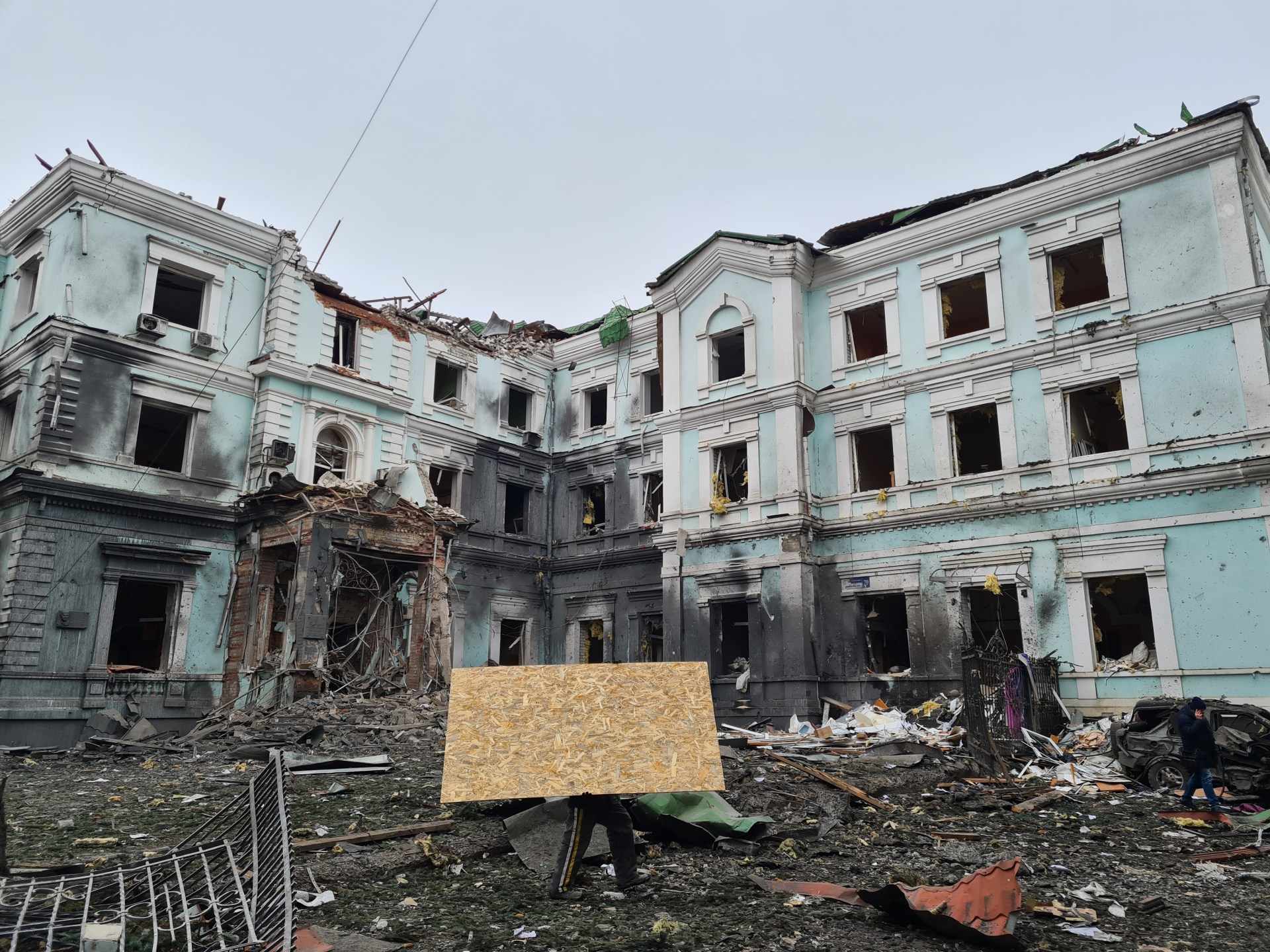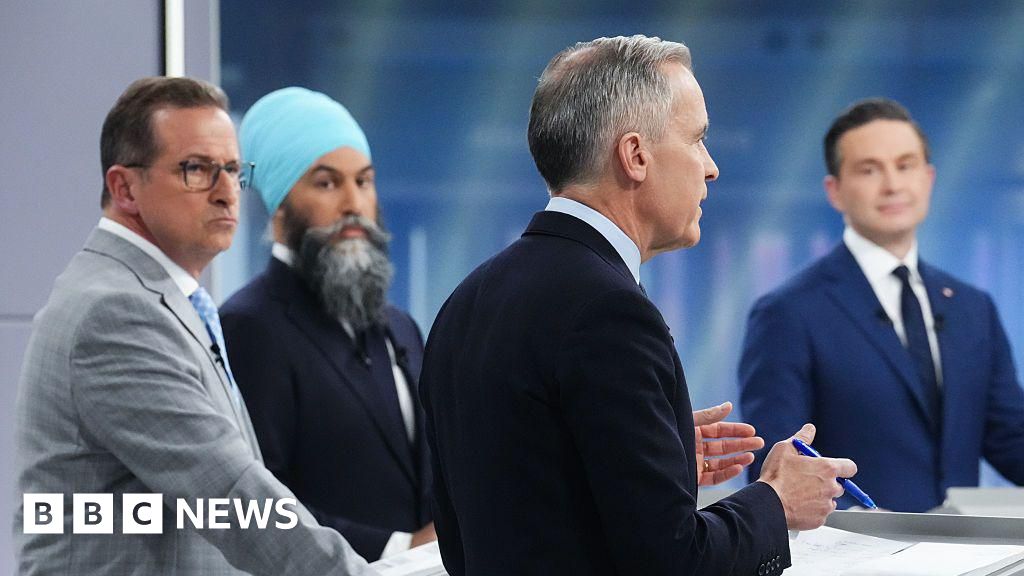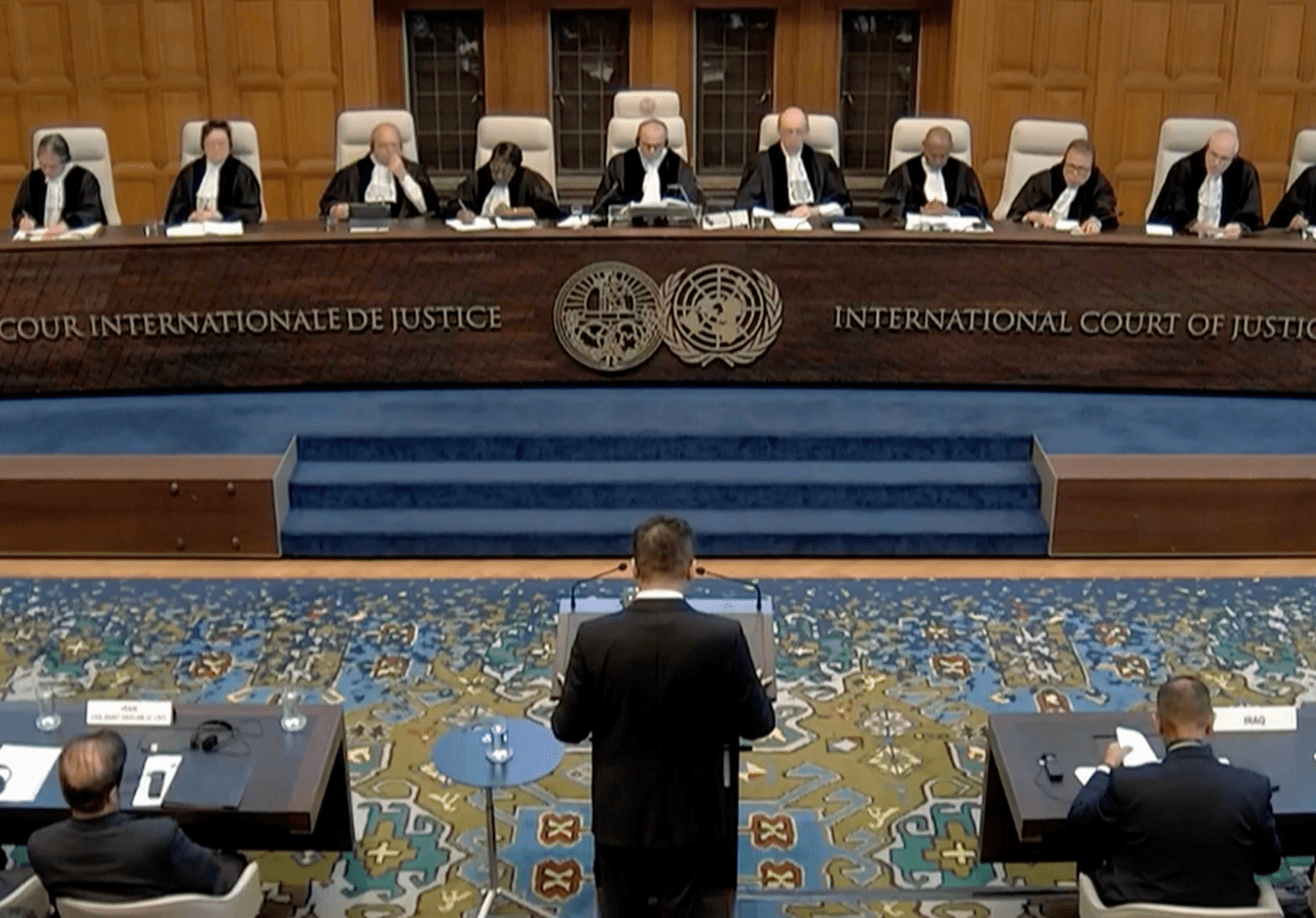‘Kharkiv is their priority’: Deadly Russian attacks hit Ukraine’s northeast | News
Kharkiv, Ukraine – Like an enormous scalpel out of a surreal horror movie, a Russian missile sliced off an entire section of a five-storey apartment building, killing 10 people and wounding 60.
After putting out the fire in last week’s predawn attack, rescue workers found the victims buried in the rubble that used to be the walls, ceilings and furniture of their apartments.
“We dug out a guy, alive, but his family – a wife and an eight-year-old daughter – were dead,” one of the distressed rescue workers, with his hands and uniform black from the soot and dust, told Al Jazeera on Wednesday.
The strike hit Building 7 on Proskury Street in northern Kharkiv, Ukraine’s second-largest city that sits only 40km (25 miles) from the Russian border.
Ukrainian officials said Kharkiv was targeted by 15 Russian missiles of three types in one of the largest attacks on the city since the war began 23 months ago.
There were remodelled S-300 missiles, parts of air defence systems that intercept and destroy other missiles midair, and X-22 hypersonic missiles designed to destroy warships.
The largest and most lethal weapons were Iskanders, 7-metre-long monsters that cost $3m, weigh almost 4 tonnes and carry up to 480kg (1,058 pounds) of explosives – or a nuclear warhead.
Ukrainian officials have not yet specified what missile type hit Building 7, but a military expert said Russia “most likely” used an S-300 missile.
“They’re not precise, this is moral and psychological pressure to destroy the city further,” Lieutenant-General Ihor Romanenko, former deputy chief of Ukraine’s General Staff of the Armed Forces, told Al Jazeera.
“Kharkiv is their priority, because [President Vladimir] Putin can’t forgive the fact that a Russian-speaking city didn’t want to become part of the Russian world,” he said.
Moscow habitually denies it targeted civilians.
Russia “doesn’t hit civilian infrastructure and residential areas, unlike the Kyiv regime”, Kremlin spokesperson Dmitry Peskov said.
The Itar Tass news agency reported that Russia delivered “pinpointed strikes on the quarters for mercenaries”.
Hitting Kharkiv
The city with a pre-war population of 1.5 million is Ukraine’s most vulnerable urban centre.
Russia lies north and east of it, and the border of Moscow-annexed Luhansk region is about 150km (90 miles) to the southeast.
Almost 5,000 windows in 222 buildings were broken by the blasts and shockwaves throughout the region on January 23, officials said.
In Building 7, communal workers, working quickly and efficiently, yanked out razor-sharp glass shards and covered each gaping hole with yellow, honeycomb-like rectangles of strand board to keep the biting cold away.
They checked each apartment for natural gas leaks, fixed damaged entrance doors and started removing bricks the blast broke in half, pieces of glass, plastic and other debris.
It was business as usual on the verge of exhaustion.
“Their salaries are 5,400 hryvnia [$145] a month, but the amount of work is colossal – to collect it all, load [onto trucks] and take away,” district head of communal services Vera Fyodorovna told Al Jazeera.
Two excavators were fumbling for the debris near Building 7, just 30 metres (about 100 feet) away from where another Russian bomb landed in April 2022.
Since day one of the full-scale invasion, Russian forces have tried to seize Kharkiv, dispatching armed personnel carriers almost to the city centre.
Moscow has deployed strategic bombers, ballistic or cruise missiles, and Iranian or Russian-made drones that only take minutes to reach the city from across the border.
Unlike the capital, Kyiv, which received advanced Western air defence systems within months, Kharkiv remains almost defenceless.
Residents and authorities have had to adapt quickly as any delays mean lost lives.
The city’s subway system served as a 24/7 bomb shelter – and some stations occasionally became classrooms for the schoolchildren waiting out the air raids.
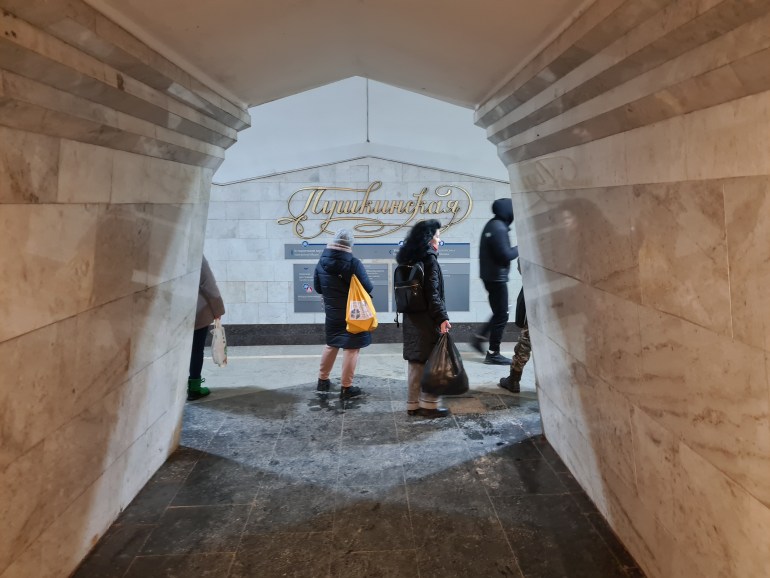
Public gatherings, museum exhibitions and even classes in community centres were banned.
Gyms and swimming pools warn their patrons about each air raid, but let them decide whether to leave or stay.
Daring Ukrainian missile and drone attacks forced Moscow to relocate the strategic bombers to airfields hundreds of kilometres away from the border.
They do not cross into Ukrainian airspace any more, but their speed gives an additional boost to the missiles they launch.
Each time satellites spot their takeoff, Kharkiv residents receive warnings and information on possible trajectories via Telegram or Viber channels.
Old-fashioned air raid sirens also begin howling – but many residents are so used to their high-pitched sound that they simply do not wake up.
That is why Tamara Karnaukhova woke up only when her balcony door fell on her bed.
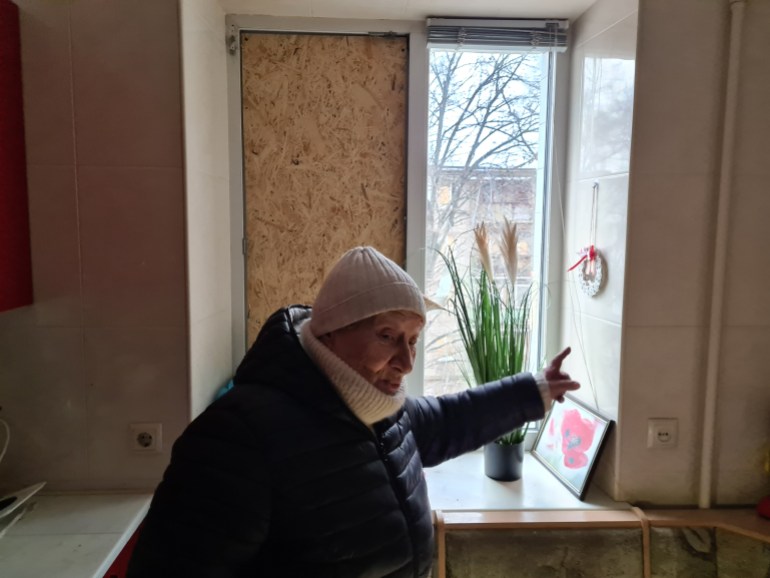
The retired 76-year-old did not know whether to stay in her modest one-bedroom apartment in Building 7 or run away.
The shockwave crumbled most of the windows and damaged the front door.
“I wasn’t scared, I was confused,” she told Al Jazeera.
After the blast, she ran downstairs as smoke gushed from broken windows and glass cracked under her feet.
While she was at her neighbour’s, marauders sneaked into her apartment, rummaging in the kitchen but taking no valuables.
Karnaukhova still cannot fathom why Russia invaded.
“Do they need land? Resources?” she wondered aloud. “They already have it all.”
‘Lost count’
When the war began, Valerii Ivakhno joined a volunteer group that rides around in a minivan and hands out hot drinks, snacks and porridge to shelling victims.
His 85-year-old mother’s apartment in central Kharkiv was heavily damaged in 2022, and he spent all of his savings to renovate it.
But on Tuesday morning, the brand-new windows were knocked out.
Luckily, his mother knew the “be between two walls” rule and rushed to the corridor seconds before the shards of glass showered her bed.
Ivakhno said he is glad his father did not live to see the invasion. He was buried on February 23, 2022, one day before it began.
“Dear God took him away so that he wouldn’t see this shame and horror,” Ivakhno said while pouring porridge into a paper cup and handing it to a rescue worker in central Kharkiv.
Each visit to yet another shelled location is a recurring nightmare for his team.
“I’ve lost count of how many times we have done it, how many people we’ve helped,” his colleague Svtlana Stetsenko said, standing next to a historic building of a law school damaged by Tuesday’s attack and the resulting fire.
The street they were on was named after Alexander Pushkin, Russia’s most celebrated 19th-century poet whose cult is seen by most Ukrainians as “cultural imperialism”.
On that very day of the attack, Kharkiv authorities decided to rename the street and the nearby subway station after Ukrainian philosopher and educator Hrigory Skovoroda.
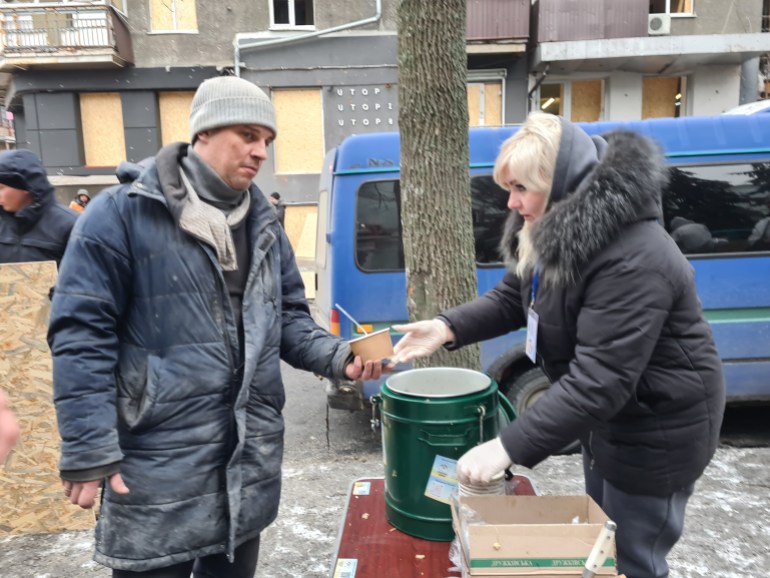
Check out our Latest News and Follow us at Facebook
Original Source

